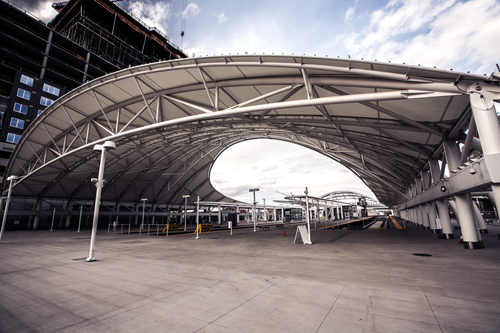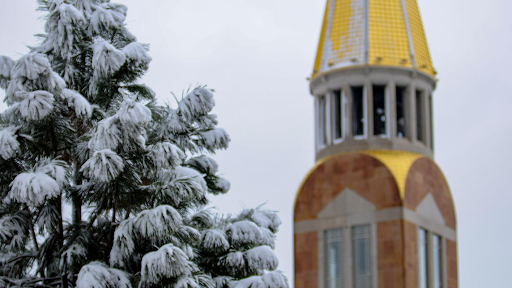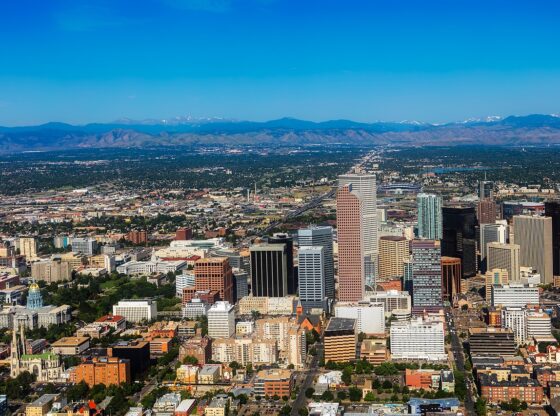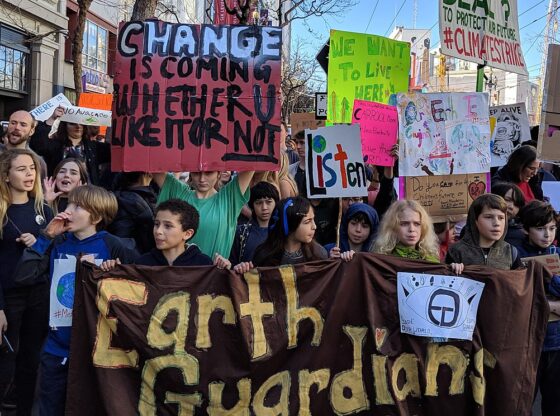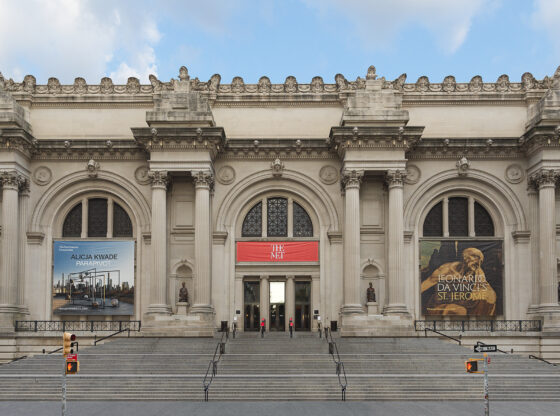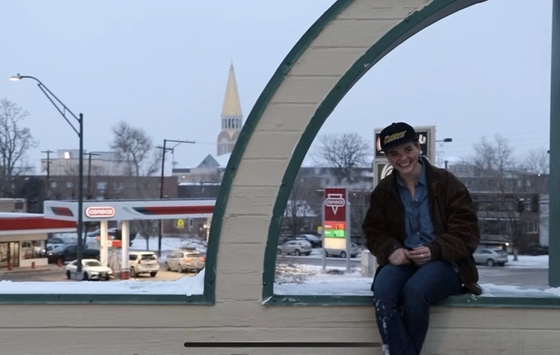On May 9, amongst food, drinks, music, dancing and street performances, the ribbon at Union Station’s entrance was cut by a variety of dignitaries from Denver and around the country: a celebration of the historic station re-assuming its position as a hub of transportation and development for Colorado. Improvements in public transportation made by the new development will make the Denver metro area more accessible to DU students.
The revamped station houses light rail lines, commuter rail lines, Amtrak service, buses, taxis and shuttles, as well as an underground 22-bay bus concourse and an eight track commuter rail station.
The E line of the light rail, which runs from University of Denver station directly to Union Station, gives students at the University direct access to the new station. Since the Regional Transportation Department (RTD) bus system is housed in the station, DU students will have easier access to rides anywhere from Civic Center with the Free Metroride to across the country with Amtrak lines.
“It’s gonna allow students a lot more access to downtown, which will be nice because they won’t have to drive everywhere they go,” said Sarah Porter, freshman undeclared student at DU and Denver native. “They’ll be able to experience the city that’s pretty close, but be able to do that without having to drive or knowing someone that has a car.”
For commuter student Gini Ziegler, junior media studies and psychology major from Denver, the light rail provides convenient access to downtown, but is not a practical means of getting to school.
“If I take the light rail, I have to get up at five and catch the light rail at six to get to my eight o’clock class even though it’s a twenty minute drive,” said Ziegler. “But when I wanna go downtown, like to the 16th Street Mall, and I don’t wanna find parking, the light rail is great, especially during the weekends. I love to use it during the weekends.”
In addition to allowing students to access fun activities more efficiently, getting to DIA via train will become a reality as well.The east light rail line, opening in 2016, will run directly from DIA to Union Station, connecting students from the airport to DU.
“Most of the calls I get from students and parents are about transportation to and from the airport,” said Katie Bonomo, communication manager at Transportation Solutions and Chair of the Transportation Committee at the DU Center for Sustainability. “Once the line is completed, it will increase mobility for newcomers and create a different face for Denver. Union Station will become their first impression of the city.”
The original Union Station was built in 1881, but burned down and was rebuilt in 1914.
In the early 1900s, it served a million passengers a year, and during the 1920s and 1930s, it operated 80 trains per day, many serving soldiers fighting in the World Wars.
During the 1950s and 1960s, its popularity waned as the popularity of planes increased. In 1958, traffic at Stapleton Airport exceeded that of Union Station, prompting the city to add the iconic “Travel by Train” signs to the building.
After the RTD bought the station in 2002, it became connected to the light rail and bus lines. In 2004, voters approved the FasTracks plan, a plan to renovate Union Station into a transportation hub and extend light rail service.
The remodeling of the station also causes renovation of the surrounding area, including 15 acres of public plazas, 750,000 square feet of office space, 2,000 new apartments and 400 new hotel rooms. 13 buildings are currently in development around the site. Private mixed-use development, or the creation of buildings with blend of residential, commercial, cultural and other uses, has brought in more than 1 billion dollars to the area.
“The public/ private partnerships created around the project are drawing attention, as they have created an entirely new neighborhood around the site and sped up the project. RTD is seen as a leader around the country for these public/private partnerships,” said Bonomo.
Expanding Denver’s public transportation system also helps improve the environment around the city.
Public transportation reduces air pollution and traffic congestion, as well as promoting more active lifestyles, according to Bonomo.
“I believe that students at this school are trying to do good things for the environment, and this will definitely help. The air quality in Denver is not good, and driving alone contributes to that. By using public transportation, students can have an impact on making air quality better,” said Bonomo.
In terms of city planning, Union Station reflects a trend of environmental mindedness fused with practicality.
“The Union Station project is apart of the sustainability movement in urban and regional planning, which is supposed to encourage walkability, public transport and downsizing on the use of cars and personal vehicles, which will be helpful not only for the environment but also for congestion in the city,” said Porter. “It’s all apart of the sustainability trend that started in the nineties and is picking up a lot of pace.”
The entire FasTracks program may not reach completion until 2044 for extensive projects like a line from Westminster to Longmont, the Central Extension, the Southwest Extension and a North Metro line from 72nd to 162nd.
However, the majority of projects, including the extension to DIA, will be completed by 2018 at the latest.
As for now, DU students and Denver citizens can rejoice in the fact that the first part of the project has been completed. The grand opening party for the re-opening certainly did just this, with throngs of Denverites turning out to sample free food, a beer garden, a variety of street dances and performances, and speeches by dignitaries that included the U.S. Transportation Secretary, the Federal Railroad Administrator and the Governor of Colorado.
Buses will began running on May 11th, beginning a new era in Denver public transportation.

